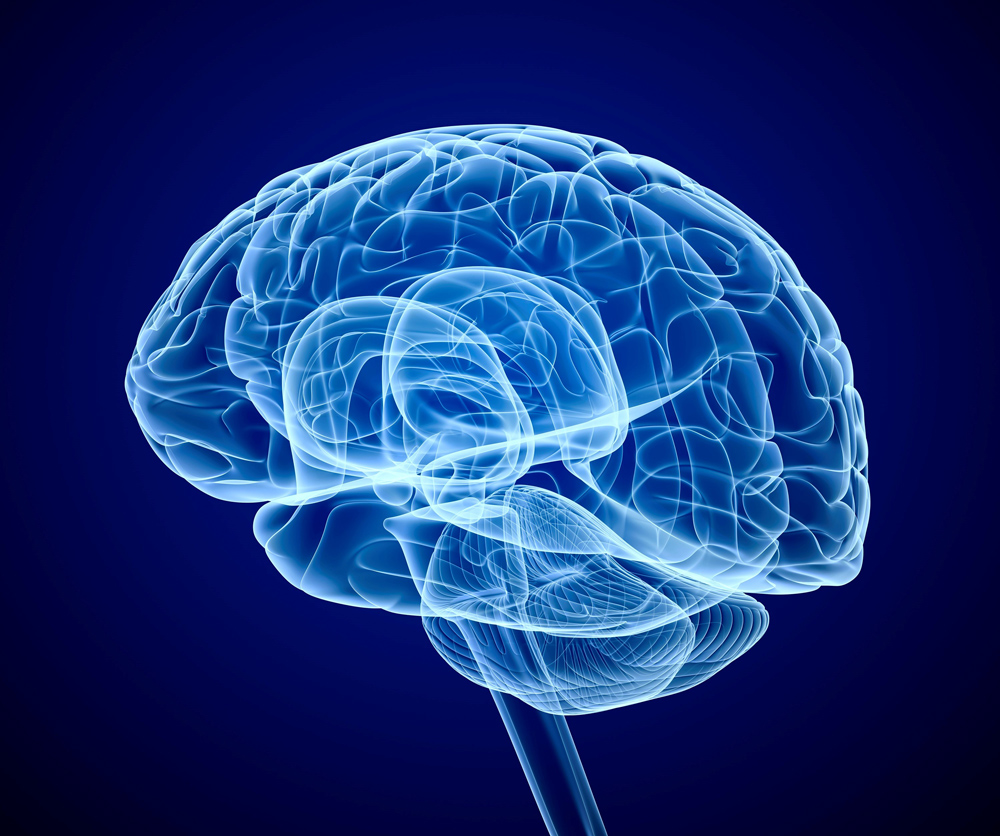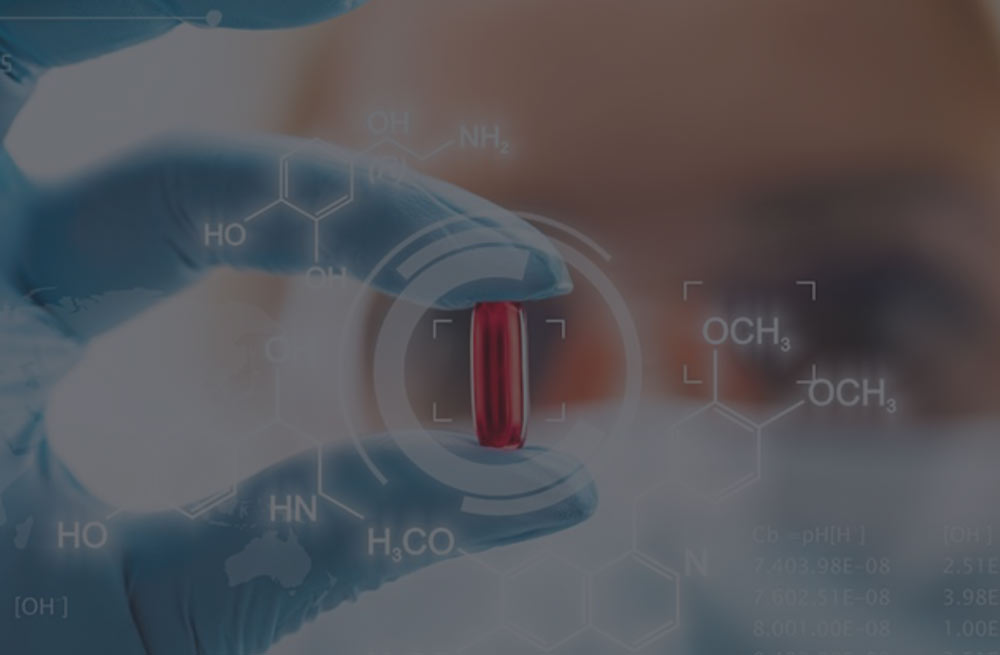2023-12-13
In this interview with Gabather, CEO Michael-Robin Witt enlightens potential partnerships based on preliminary study results of their drug candidate GT-002, and the role of Big Pharma in the EEG/fMRI study design. Witt highlighted plans for GT-002, aiming for development and commercialization post-Phase 2 studies, and the significance of its potential EMA orphan drug classification. He concluded by outlining Gabather's main objectives for 2024. Witt also tells us more about the ongoing rights issue where they raise 28.6 MSEK.
1. Hi Michael-Robin, can you briefly tell us about Gabather and your business?
Gabather is a Swedish biotech company dedicated to drug discovery and development in disorders affecting mental health. Our intellectual property is based on many years of research at the Universities of Lund and Copenhagen.

2. You plan to raise 28.6 million SEK through a rights issue. What will the proceeds from the issue be used for?
Gabather has developed its most advanced drug candidate, GT-002, through three safety studies in human volunteers, and the candidate has shown excellent properties for further development and testing in patients. The proceeds will be used primarily for trials in patients, but also for the development of next-generation drug candidates as well as business development activities.
3. Considering the ongoing new share issue, do you see potential for exciting partnerships in the near future? Are there opportunities for potential partnerships to develop quickly?
Gabather is in constant dialogue with potential partners to outlicense or co-develop GT-002, our most advanced clinical asset, with a pharma or biotech partner. GT-002 also has the potential to acquire a so-called “orphan drug designation,” which fast-tracks innovative medicines to the market for rare diseases.
4. What insights emerge from the preliminary results and how do they align with your expectations? Have there been any surprising discoveries, whether positive or negative, that could pique the interest of potential partners? Do you believe that these results could lead to deeper dialogue or new collaboration opportunities with existing or future partners?
Drug development in general, and neuropsychiatric disorder drug development in particular, is one of the most challenging endeavors. Being able to develop our candidates this far is a very positive development. That the drug has no negative (side) effects is another tremendous step forward. We believe neuroimaging techniques are the way forward in drug development for our types of medicines. Another note: Drug development rules and regulations are the same for a biotech company with three employees as they are for a pharma giant with over 90,000 employees.
5. It has been mentioned that BP was involved in the design of the EEG/fMRI study. What do they think about the preliminary results? What is missing for them to be willing to negotiate a partnership?Indeed, the study that we have performed ?
Indeed, the "Target Engagement" study we performed was requested by potential business partners early in the development. This will put Gabather in a much stronger position regarding potential collaborations and partnerships.
6. The prospectus does not indicate that the board and management intend to subscribe in the ongoing new share issue. Will you do so, and if so, what amounts?
As CEO, I leave this personal decision to every indiviudal.
7. What is the board's attitude towards the current situation in the company, and how can each board member add value to ensure the company's success and benefit the shareholders?
We have two new board members recruited specifically to support us in regulatory and business development activities, complementing the existing board members who contribute to operational activities—a good mix, I believe.

8. The prospectus indicates that Gabather's objective regarding the drug candidate GT-002 is to enter into development and commercialization agreements after completing Phase 2 studies. Will you start Phase 2 studies on your own or do it in collaboration with partners?
Our goal regarding the development of GT-002 is to enter into development and commercialization agreements after completing Phase 2 studies. We are working on both options and are prepared to conduct studies on our own, having advanced our logistics planning significantly. Additionally, Gabather is actively seeking third-party funding for larger clinical trials.
9. What would it mean for the company if GT-002 is classified as an orphan drug by the EMA?
If GT-002 is classified as an orphan drug by the EMA, it would mean a significantly shortened path to market and use in patients, fulfilling Gabather's mission and vision.
10. What are your main focus areas and objectives for 2024?
I would say a collaboration/partnership for GT-002, clinical study start for GT-002 in a patient study, and development of follow-up candidates to GT-002.
We thank Michael-Robin Witt for the interview and wish the company the best of luck on their journey.
Disclaimer:
This is an interview that has been done on behalf of the company. Impala Nordic or people behind Impala Nordic owns no shares in the company at the time of the interview. // Detta är en intervju som har gjorts på uppdrag av bolaget. Impala Nordic eller personer bakom Impala Nordic äger inga aktier i bolaget vid upprättandet av intervjun.